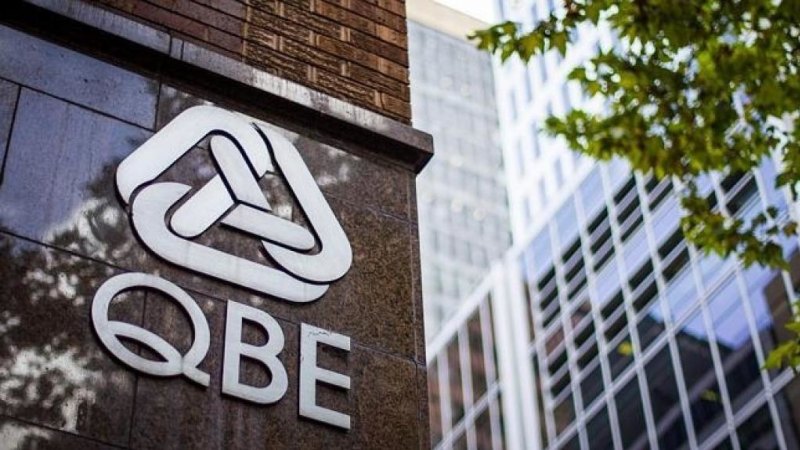QBE’s profits have recovered to $US750 million ($1.04 billion) after a COVID-affected loss last year and it has hiked its dividend, helped by brisk rises in premiums and a better underwriting performance.
New chief executive Andrew Horton on Friday said improving market conditions in the year had helped the insurer to a better statutory result for 2021, compared with the previous year’s after-tax loss of $US1.5 billion.
QBE’s new chief executive Andrew Horton said the industry environment remained uncertain due to ultra-low interest rates, signs of rising inflation, and high catastrophe charges.Credit:
The company said rising premiums were a key tailwind, with gross written premium rising by 18 per cent, and citing “ongoing” premium rate increases, which accelerated in the second half of the year.
The insurer will pay a final dividend of 19 Australian cents a share, taking dividends for the full year to 30c a share, up from 4c last year.
QBE’s combined operating ratio – which compares claims and other expenses to total premiums, and is a key measure of profitability – was 93.7 per cent, an improvement from 104.2 per cent in the COVID affected year of 2020. A ratio above 100 per cent indicates the underwriting activity is unprofitable. It had flagged the improvement in premiums and performance in an upbeat outlook at its half-year results last year.
QBE’s catastrophe claims for the year were up sharply on the prior year to $US905 million, due to disasters including winter storm in the US and widespread storm and flooding damage in Australia.
Mr Horton, who was last year appointed after the abrupt departure of Pat Regan, said the industry environment remained uncertain due to ultra-low interest rates, signs of rising inflation, and high catastrophe charges. He said premiums were likely to keep rising against such a backdrop.
“I am pleased with the strong premium growth and significant uplift in underwriting margin. The strong result was achieved despite the heightened level of catastrophes during the year which remain a major issue for the industry,” Mr Horton said.
“In targeting ongoing premium growth, we will remain vigilant in pricing adequately for an appropriate risk-adjusted return on capital, with claims inflation, catastrophe costs and overall portfolio volatility key areas of ongoing focus.”
More to come
The Business Briefing newsletter delivers major stories, exclusive coverage and expert opinion. Sign up to get it every weekday morning.
Most Viewed in Business
From our partners
Source: Read Full Article

